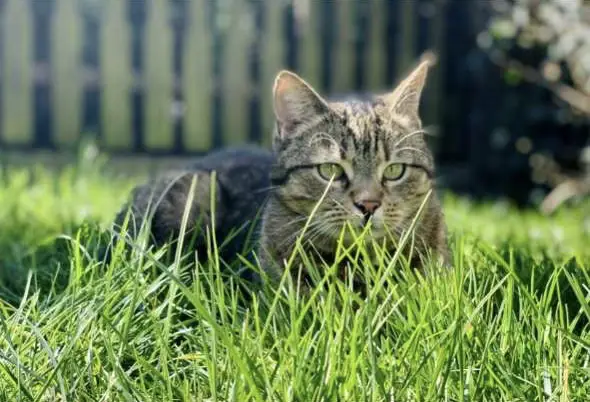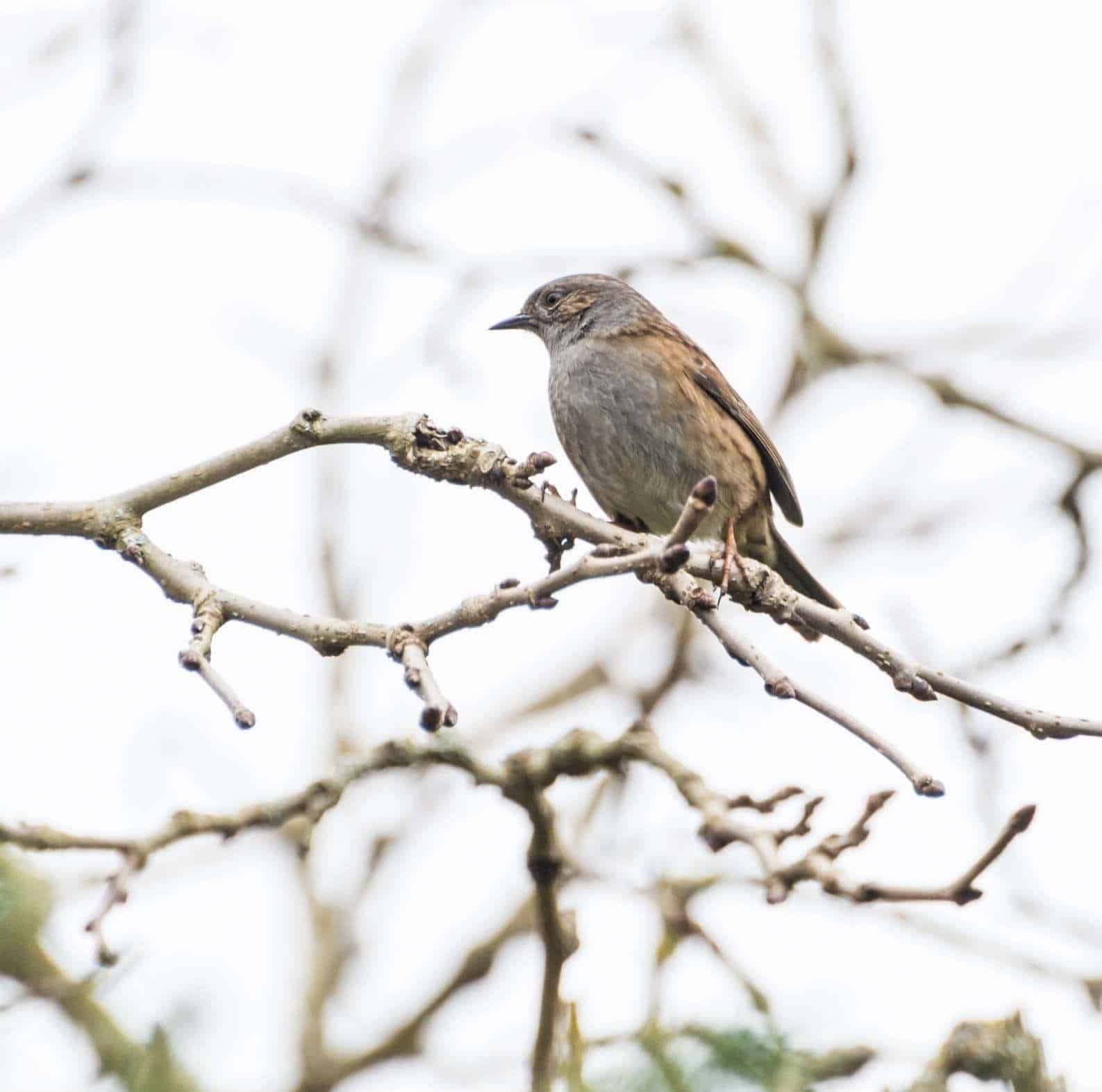Garden birds such as dunnocks are often not seen on garden bird watch as much in the winter months in the UK. Do they migrate, or are they staying local but we just don’t see them around as much?.
UK-resident dunnocks will stay local to the area throughout the winter, and they’ll stay close to their food source. You may not see them as much on garden bird watch because their behaviour has changed slightly, but they may feed from ground feeders or trays, or food scattered on the ground in your garden.
Dunnocks are small garden birds found commonly in the UK. They live alongside other small British birds such as robins and sparrows, and are fiercely territorial with their own kind. They tend not to live in groups like other garden birds do, and fly solo most of the time. They can often be found on grass and patio areas in gardens and parks, and they feed on invertebrates such as spiders and worms.
The sharp beak of a dunnock is adapted for foraging for food, and is one of the easier ways to tell them apart from robins or sparrows. The blue-grey markings on the head of a dunnock is another way to tell them apart from other garden birds. Otherwise, they are very similar in size and appearance to sparrows. Their wingspan is generally up to 21cm, and they are typically 12cm to 14cm in length.
Dunnocks can be spotted throughout the UK at any time of the year. They are also found in most of Europe, and Lebanon and Iran too. UK-resident dunnocks don’t typically migrate, but dunnocks in Europe may migrate significant distances annually, sometimes to the UK. It is unlikely that you’d be able to tell apart a local dunnock and a European dunnock in your garden!
From April through to July, small British birds in your garden will likely be preparing their nests, incubating eggs or raising nestling dunnocks. A brood of dunnocks can be raised by a single female dunnock, multiple females with the help of a male, or multiple males and females.
During the spring and summer months, dunnocks will have a less restricted food source, feeding on worms, insects, spiders and slugs that they find on the ground. This means they may be less likely to use a ground feeding tray during this time.
From August through to November, dunnocks will be focused on raising their young to become fully independent. Dunnock eggs are incubated for 12 – 14 days, and then once hatched spend another 10 – 12 days in the nest before leaving.
Once dunnock fledglings have left the nest, they will stay close to their parents for a number of weeks, relying on them to feed them occasionally, and teach them how to fly and forage for themselves. By the end of Autumn, all the dunnocks that hatched that spring and summer should be adults.
See also: Life-cycle of Dunnocks
Dunnocks live in dense woodland, shrubbery and hedgerows up and down the UK. This means they live in gardens and parks, as well as more rural areas and the edge of farmland. Small British birds that are local to the UK will likely stay in one local area for most of their life, although they won’t necessarily sleep in the same place every night.
Due to changes in woodland management practices in recent years, the dunnock population is in decline. Dunnocks rely on dense shrubbery close to the ground to keep them covered from predators, and provide them with a food source of worms, spiders and insects. Grazing animals like deer and sheep often eat the hedges or low shrubbery that dunnocks live in, decreasing the presence of their natural habitat.

Without their usual habitat, small British birds are vulnerable to predation. Dunnocks are preyed on by all kinds of different animals, some of which are found in gardens and parks, and others found in more rural areas. Cats and foxes are culprits; eating a variety of garden birds if they can get their hands on them. When on garden bird watch, look out for local domestic and feral cats in the area.
Dunnocks are also very vulnerable to birds of prey, hence the need for a covered sleeping spot. Owls, crows, hawks (in particular, kestrels) and gulls are some of the common birds that will eat dunnocks if they get the chance. Small British birds such as dunnocks are vulnerable to being eaten both during the day and at night, so it’s vital they have a shady spot to hide away from animals in the sky and on the ground.
So, there you have it! How to distinguish a dunnock from other small British birds, and where to locate dunnocks throughout the year. A dunnocks food source and habitat may change slightly as the weather changes, but they typically never stray too far from their local area. The dunnock population in the UK is currently in decline, and the main threats to them is the disruption of their habitats due to changes in woodland management, and the increased use of fertilisers and pesticides in farmland.

